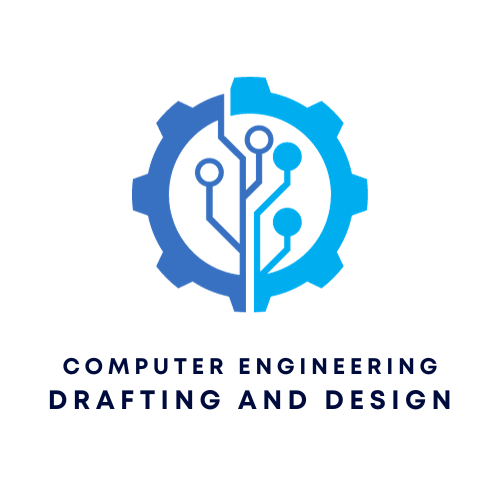1. Introduction to Arduino Sensors:
- Definition: Arduino sensors are devices that gather environmental data and convert it into electronic signals that can be interpreted by the Arduino platform.
2. Selection of Appropriate Sensors:
- Ambient Light Measurement: LDR (Light Dependent Resistor) is a suitable sensor for measuring ambient light in Arduino projects.
- Distance Measurement: For projects requiring distance measurements, the Ultrasonic sensor is most appropriate.
- Soil Moisture: An ideal sensor for Arduino-based gardening projects would be the Soil moisture sensor.
- Temperature and Humidity: DHT11/DHT22 sensors are commonly used with Arduino for these purposes.
- Magnetic Field Detection: A Hall effect sensor is suitable for detecting magnetic fields.
3. Arduino Libraries and Communication Protocols:
- Servo Motor Control: The <Servo.h> library is primarily used.
- MPU-6050 Sensor Communication: This sensor communicates with the Arduino using the I2C protocol.
- SD Card Integration: To interface an SD card with Arduino, the <SD.h> library is essential.
- Wi-Fi Capabilities: Arduino MKR1000 is a board that comes with built-in Wi-Fi.
4. Specialized Arduino Applications:
- Motion Detection: PIR motion sensor’s OUT pin is typically connected to an Arduino digital pin for this purpose.
- Soil Moisture Detection: In a gardening context, the Soil moisture sensor is the best pick.
- pH Level Measurement: A pH sensor would be used to measure the pH level of a solution.
5. Understanding Arduino Terminologies:
- IDE: In the context of Arduino, IDE stands for Integrated Development Environment, which is a software suite where users can write, compile, and upload code to Arduino boards.
- PWM: Stands for Pulse Width Modulation. It’s a technique used in Arduino to produce analog results with digital pins.
6. Final Thoughts:
Arduino, coupled with the right sensors, can be a powerful tool in the world of DIY electronics and prototyping. The platform’s versatility is showcased in its compatibility with a wide variety of sensors, from ambient light sensors to advanced gyroscopes. Understanding the principles and applications of these sensors can lead to innovative solutions and projects.


